Trending Now
Thursday, Nov, 2024
Home / Nanoelectronic Sensor Counts Electrical & Mechanical Activity in Heart Cells at Once
Nanoelectronic Sensor Counts Electrical & Mechanical Activity in Heart Cells at Once
ECE Ph.D. student Hongyan Gao, represents the invention as a new tool for enhanced cardiac studies with the potential for leading-edge applications in cardiac-disease experiments. The University of Massachusetts research team has created a tiny sensor for the first time using a suspended nanowire that can simultaneously measure electrical and mechanical cellular responses in cardiac tissue,
 by Pragti Sharma /
by Pragti Sharma /  25 Aug 2022 16:32 PM IST /
25 Aug 2022 16:32 PM IST /  0 Comment(s) / 213
0 Comment(s) / 213
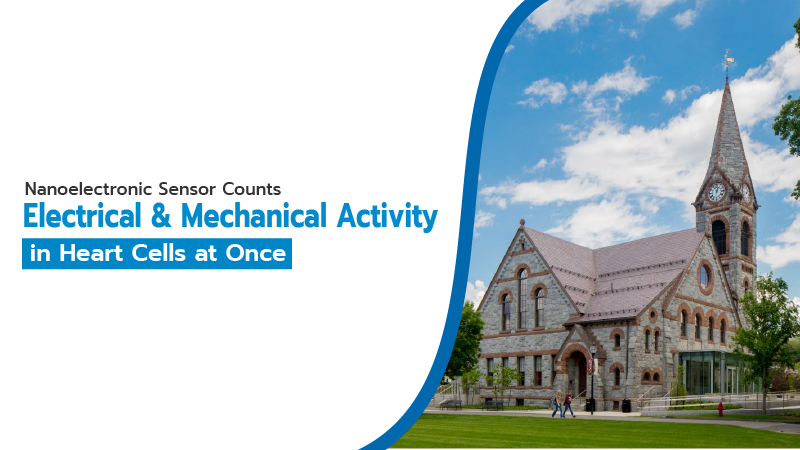
Image Courtesy : www.facebook.com/UMassAmherst
The University of Massachusetts research team has created a tiny sensor for the first time using a suspended nanowire that can simultaneously measure electrical and mechanical cellular responses in cardiac tissue, work promising for cardiac disease studies, regenerative medicine, and drug testing.
Electrical and computer engineering (ECE) Ph.D. student Hongyan Gao, the first author of the paper issued online by the journal Science Advances, represents the invention as a new tool for enhanced cardiac studies with the potential for leading-edge applications in cardiac-disease experiments.
The cell is a primary function element in biology as its mechanical and electrical behaviors are two essential properties that demonstrate the cell state and are constantly necessary for health monitoring, tissue repair, and disease diagnosis.
ECE assistant professor and a biomedical engineering adjunct, Research team leader Jun Yao stated that a comprehensive assessment of cellular status requires knowledge of both mechanical and electrical properties at once. These two properties are measured with the help of different sensors, and the degree to which the cell's operation is disturbed increases with the number of sensors used.
The sensor is produced from a 3D halted semiconducting silicon nanowire. With its size much smaller than a single cell, the nanowire can tightly dabble onto the cell membrane and listen to cellular activities very near. It also had distinctive properties to transform heard bioelectrical and biomechanical activities into electrical sensing signals for detection.
The research achieves goals proposed in a five-year, $500,000 grant from the National Science Foundation's Faculty Early Career Development programme that Yao received in 2019.
Yao stated that other than developing integrated biochips, their next step is to consolidate the nanosensors on free-standing scaffolds to innervate in vitro tissue for deep-tissue studies. In the long run, they hope the nanosensors can be safely delivered to living cardiac systems for enhanced health monitoring and early disease diagnosis. The concept to merge multiple sensing functions into one device will also widen the capabilities of general bio-interface engineering.
Xian Du and Yubing Sun, assistant professors of mechanical and industrial engineering, also contributed to the work. Yao, Du, and Sun are all affiliated with the Institute for Applied Life Sciences at UMass Amherst, which merges deep and interdisciplinary expertise from 29 departments on campus to decipher fundamental research into inventions that aid humankind.

EShort / February 16, 2024
IMS Noida Admissions 2024: Apply for UG, PG programmes

EShort / February 16, 2024
GATE 2024: Response sheet out

EShort / February 16, 2024
BSSTET 2023: Admit card released

EShort / February 16, 2024
NID DAT 2024: Prelims result released

EShort / February 16, 2024
IIT JAM 2024: Response sheet released

Jobs / February 16, 2024
UPSC Recruitment Drive 2024: Apply for 120 vacancies in various departments

EShort / February 14, 2024
UPSC CSE 2024: Official Notification issued; application process begins

Editor's Desk / April 17, 2020
How Does Society Impact Our Education?

Current Affairs / April 22, 2020
Mr. Sudarsanam Babu appointed to U.S. Science Board.

Reforms / April 17, 2020
Traditional Structure of Education In India
.jpg)
Events & Seminars / April 17, 2020
PISA!!
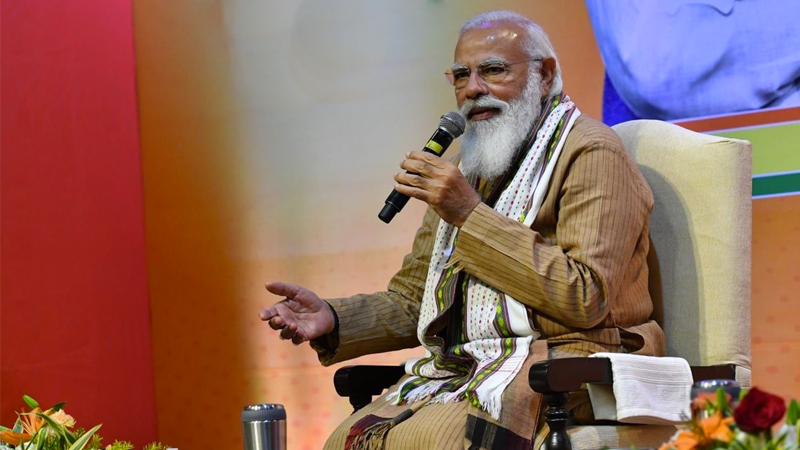
Blog / February 26, 2021
Government's Action On #ModiRojgaarDo

EShort / May 19, 2022
CUET PG 2025 has started the registration process.

Notice Board on Important Dates / April 21, 2020
World Heritage Day

News / July 08, 2021
JEE Mains Registration For Session 3: Last Date To Apply

EShort / December 14, 2021
UPSC Declared Final Result For DCIO Recruitment



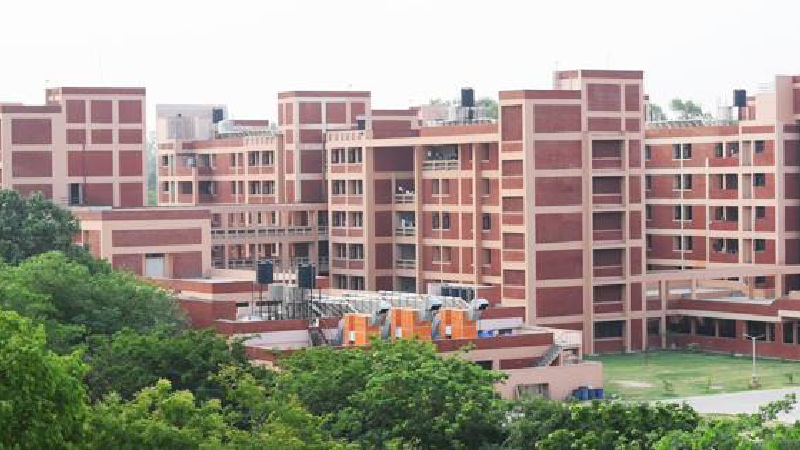
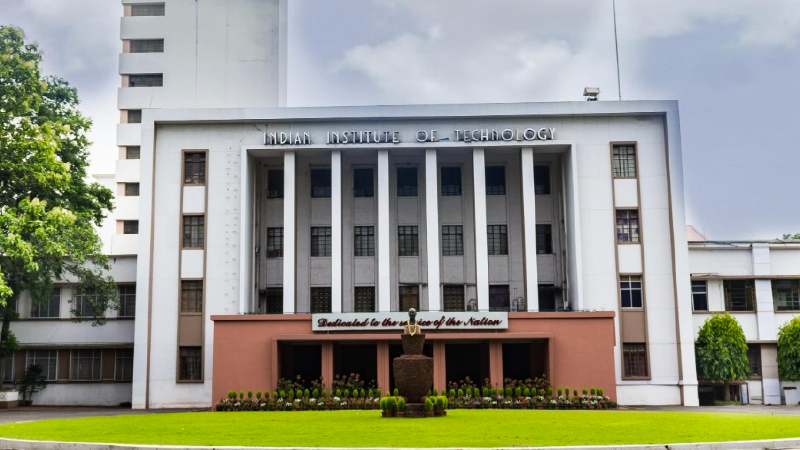
















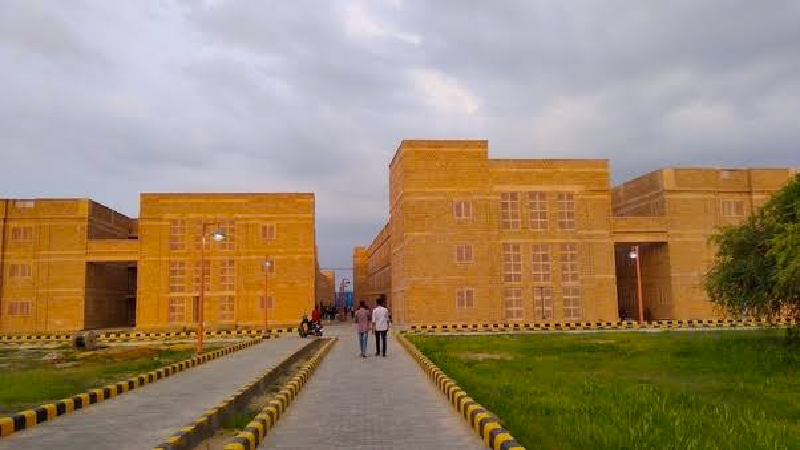


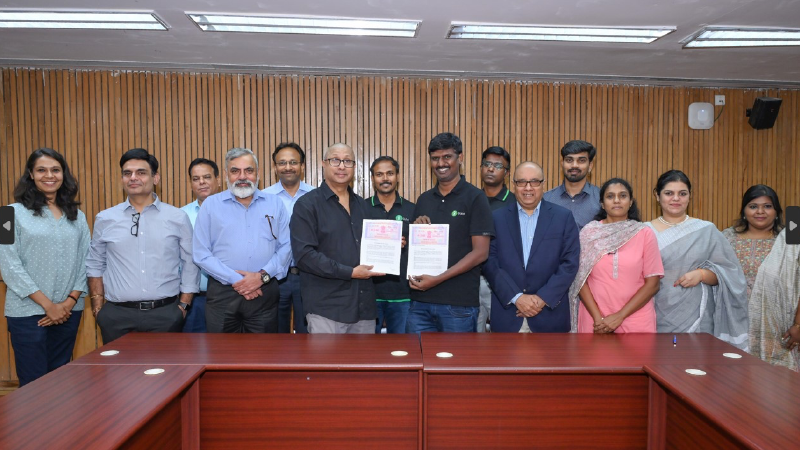
0 Comments
Post Comments